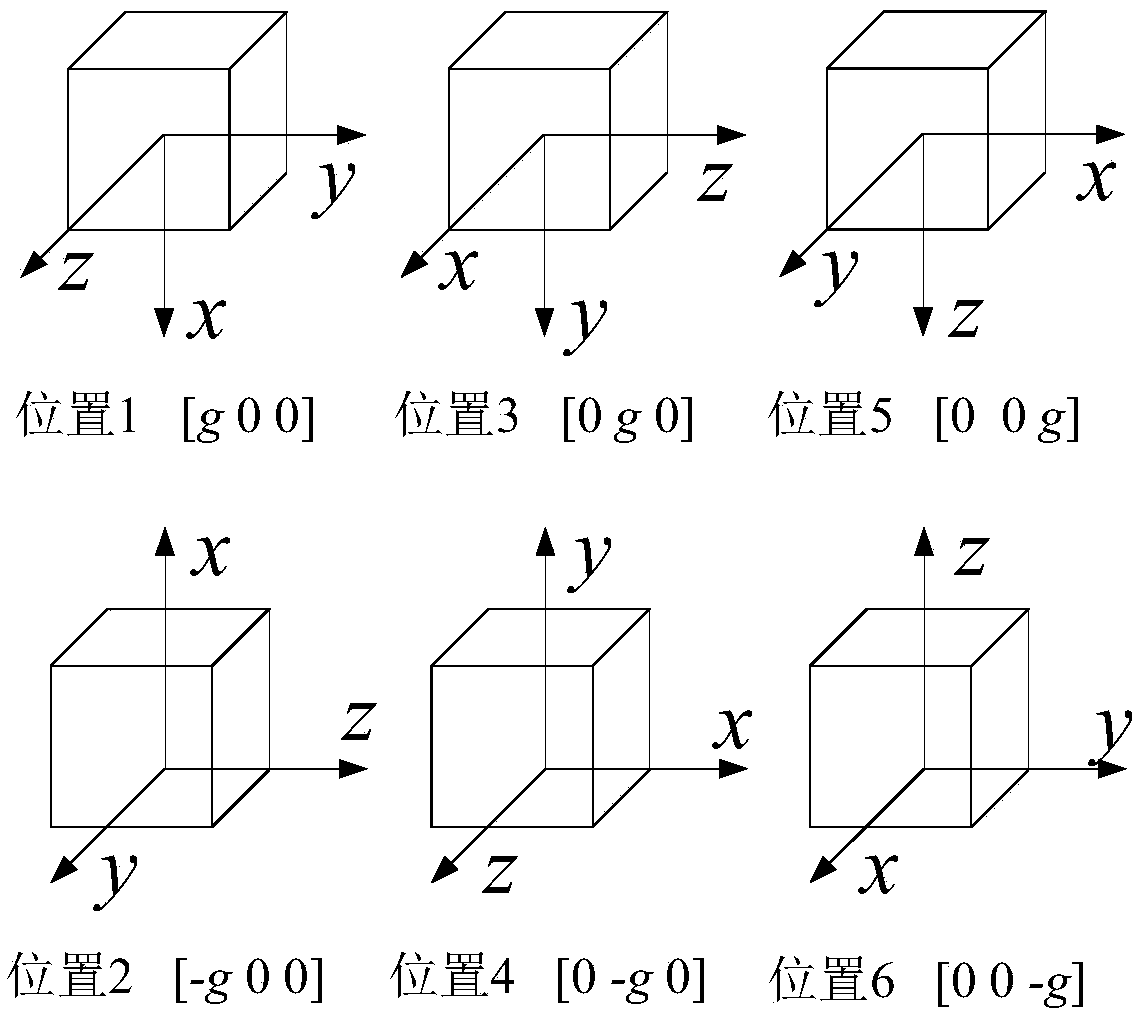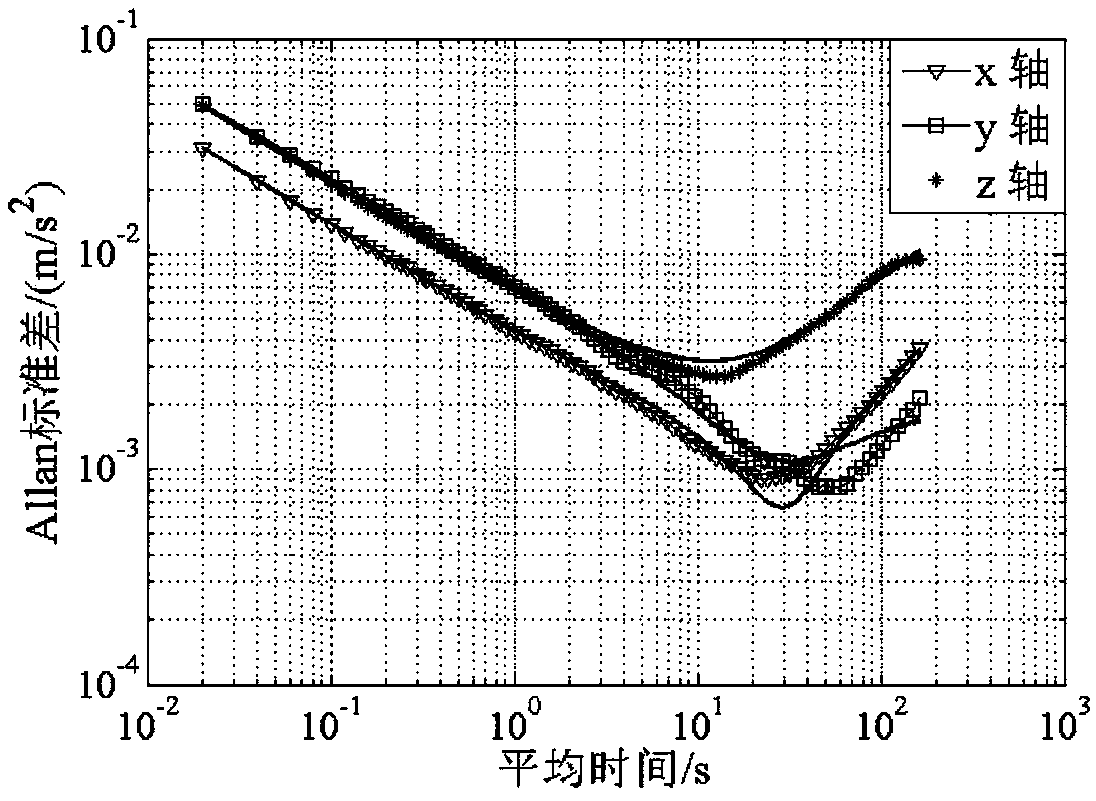MEMS accelerometer error compensation method based on LMS adaptive filtering and gradient descent
An adaptive filtering and accelerometer technology, applied in the field of inertial navigation, can solve the problems of processing, noise error legacy, and incomplete response.
- Summary
- Abstract
- Description
- Claims
- Application Information
AI Technical Summary
Problems solved by technology
Method used
Image
Examples
Embodiment Construction
[0068] The technical solutions in the embodiments of the present invention will be described clearly and in detail below with reference to the drawings in the embodiments of the present invention. The described embodiments are only some of the embodiments of the invention.
[0069] The technical scheme that the present invention solves the problems of the technologies described above is:
[0070] A MEMS accelerometer error compensation method based on LMS adaptive filtering and gradient descent. The MEMS-IMU independently developed by the laboratory is fixed on the three-axis turntable, and the turntable is rotated to position 1, position 2, position 3, and position 4 in sequence. , position 5, position 6, collect the output data of the three axes of the accelerometer under the six positions with a sampling frequency of 50Hz, and collect m groups of data (m=15000) at each position, and attach figure 1 The arrangement of six positions is given. Include the following steps:
...
PUM
 Login to View More
Login to View More Abstract
Description
Claims
Application Information
 Login to View More
Login to View More - R&D
- Intellectual Property
- Life Sciences
- Materials
- Tech Scout
- Unparalleled Data Quality
- Higher Quality Content
- 60% Fewer Hallucinations
Browse by: Latest US Patents, China's latest patents, Technical Efficacy Thesaurus, Application Domain, Technology Topic, Popular Technical Reports.
© 2025 PatSnap. All rights reserved.Legal|Privacy policy|Modern Slavery Act Transparency Statement|Sitemap|About US| Contact US: help@patsnap.com



